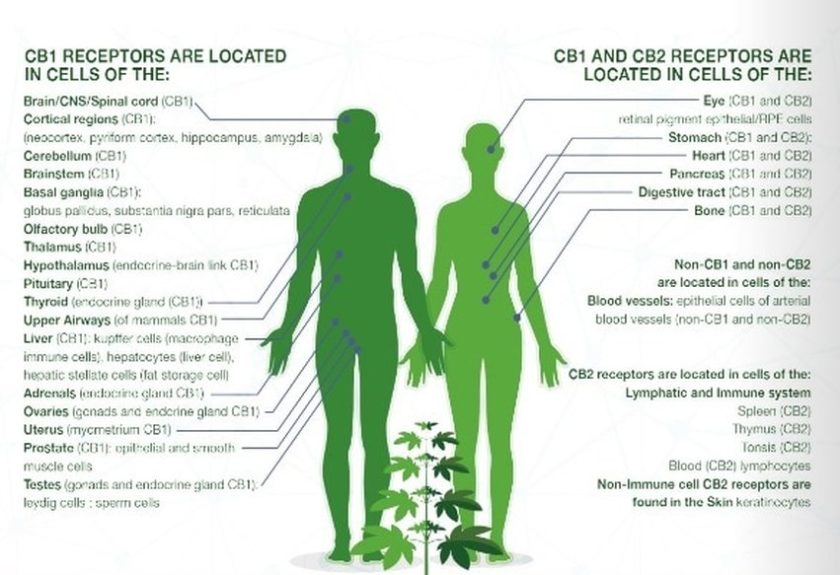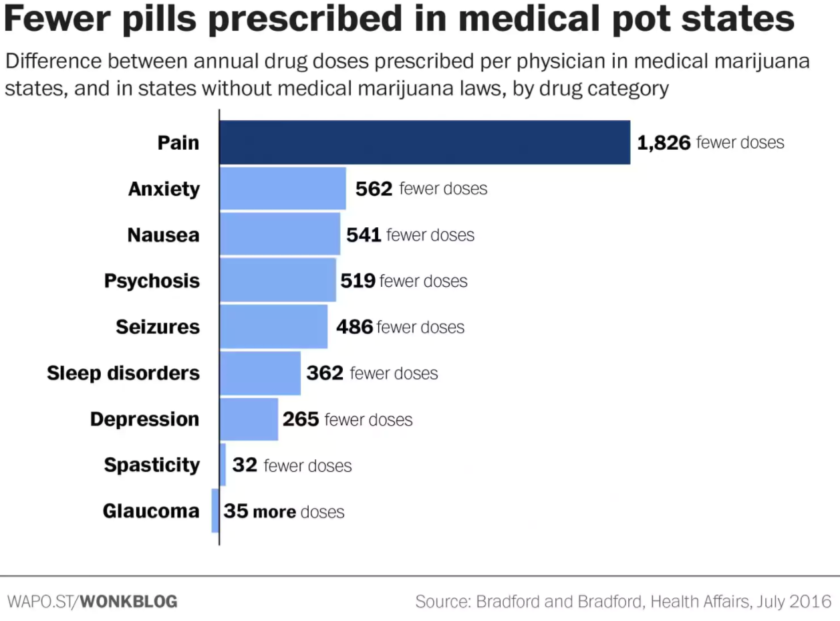Those not too acquainted with the profession might not know that, to work within the United Kingdom as a nurse, one has to register with the Nursing and Midwifery Council or NMC. This organization requires one to adhere to The Code, or a set of professional standards to ensure the best practice within clinical settings, and failure to do so can result in being deemed unfit for practice.
This code is intended to reflect the current world we live and work in, and is made by also consulting patients and collecting their expectations for care. Among many others, this includes: advocating for the vulnerable; challenging poor practice and discriminatory attitudes and behaviours relating to patient’s care; respecting and upholding human rights; recognizing and respecting the contribution that people can make to their own health and wellbeing; etc.
Nowadays, there’s a huge availability of Cannabidiol (or CBD for short) products, which are derived from the Cannabis plant, that anyone can purchase and use at their own discretion. But not many healthcare professionals are looking into how these work or any possible interactions (like with the Cytochrome P450) despite an increasingly larger number of patients using them, likely due to the numerous success stories in treating different cases, especially of epilepsy, appearing constantly on the news.
The sixth standard on said professional code is to always practice with the best available evidence, which is described as making sure that any information or advice given is evidence-based, including information relating to using any healthcare products or services, and maintaining the knowledge and skills needed for safe and effective practice. Despite this, most professionals in the field I have met seem to be unaware of the “Endocannabinoid System”, an essential part of any mammal physiology, which regulates sleep, memory, appetite, pain, temperature, neurogenesis, etc.

A Need For Cannabinoid Education
Even Paracetamol (Acetaminophen), which is given at any hospital daily, appears to work by modulating this endocannabinoid system. Its main metabolite, AM404, is not only very close in its molecular structure to Anandamide, which is an endocannabinoid (a cannabinoid our own bodies produce) similar to the Tetrahydrocannabinol found in cannabis (which is a phytocannabinoid or cannabinoid of plant origin); it actually appears to target the vanilloid receptor, TRPV1, which regulates pain and vasodilation upon activation, like anandamide does. How can we be expected to be up to date while not being aware of these things?
The main psychoactive compound from the cannabis plants, Tetrahydrocannabinol (THC) and CBD, like paracetamol, also work by modulating the endocannabinoid system; said system was, after all, discovered thanks to them. Although they do so in different ways, not only acting over different receptors, but THC and CBD, as well as other compounds in the cannabis plant such as the aromatic terpenes, modulate each other in a way that makes the therapeutic effects of the whole plant extract greater than compound isolates on their own. In fact, whole plant extracts are safer than synthetic or isolates, making it physically impossible to overdose in the case of the former. However, “Marinol” or synthetic THC, is the main suspect of the deaths of 4 patients already, according to the U.S. Food and Drug Administration.
This synergy of compounds working together is known as “The Entourage Effect”. For example, CBD modulates the “psychoactivity” of THC, reducing anxiety responses. CBD shows antipsychotic activity on its own, in fact. Varying terpene concentrations also influence this heavily: some illnesses respond better to specific cannabinoid and terpene profiles.

Education Is Easier With Reform
Now, apart from the need to understand something as important as the Endocannabinoid System, here’s why both nurses and patients need to support cannabis law reform:
- There are people suffering with conditions that show no improvement with traditional medications – They could find relief with cannabis right now. They continue to suffer and are forced to become criminals, or have to travel to other countries to find it. For some this is impossible, for others, it is painful or expensive. This will keep going so long as prohibition exists.
- It is inhumane to have people suffering when something that works for them exists. It is an attack against the fundamentals of nursing and human rights.
- The list of conditions that can be relieved with cannabis is long and keeps increasing with research. Crohn’s Disease, Colitis, Multiple Sclerosis, Parkinson’s, but also anxiety issues and Post-Traumatic Stress Disorder, Obsessive-Compulsive Disorder, Insomnia, and Dementia are a few for which it is showing promise, along with its use for analgesia, especially for chronic pain (a study published on the July 2016 issue of Health Affairs journal, found doctors in North American States with medical cannabis laws prescribed an average of 1,826 fewer doses of painkillers per year compared to those in States without such laws, which ties in with an article from JAMA Internal Medicine in 2014 that found a 25 percent decrease in opioid overdose deaths in those locations). This could be translated in research opportunities and an enormous economic relief for the NHS and other systems.
- There are patients already self-medicating with cannabis. The current laws only increase the risks to which they expose themselves, and decrease the likelihood of them coming forward about their use. Cannabis, grown improperly, could contain pesticides, fertilizer salts, mold, etc. This is only possible to control in a regulated market, same as the age of the ones buying it.
- Cannabis tinctures were considered medicine until recent times. The medical use of cannabis was legal until 1971 in the UK, and now, despite Sativex being a cannabis tincture approved for use in the UK for multiple sclerosis patients, with a 1:1 THC to CBD ratio, and with all other compounds from the plant in it too (according to the company making it, GW Pharmaceuticals), the British Government refuses to accept that cannabis has therapeutic use.
- Availability of legal cannabis prescriptions is currently very restricted. Sativex is very costly, speaking to patients with multiple sclerosis; it seems common to run through 3 bottles, priced at 450 pounds in total, each month. Patients often find cannabis they produce at home works just as well or more effectively without the burden of debt. There are currently stable cultivars, like the one GW Pharmaceuticals uses to make its drug, available in places with more progressive laws. This means that for a fraction of the cost, they could be getting better medicine (ethanol in Sativex causes side effects such as blisters in the mouth that herbal cannabis does not, and it is not as efficient a solvent for this kind of tincture as olive oil, for example); either by growing themselves or having someone help them.
- A single company should not be handling all the Medical Cannabis supply. First because of availability, imagine a situation like the recent Tazocin (antibiotic for neutropenic sepsis) shortage, some patients had to be switched to other, less effective antibiotics due to lack of hospital stocks. Second, because of the price control, as previously pointed. And third because, how is it possible that the plant still has no recognized medical use yet a single company keeps making legal medications from it? That is not right.
- Patients want to participate in research on cannabis. Israel has lead as an example of how patients that are unable to wait for cannabis medications can be useful to the learning and research process and allow medical professionals to learn in vivo with one of the safest natural medicines known to mankind. Learning about different drug interactions with cannabis is important, yet current laws restrict research.
- Change in cannabis laws could allow tax revenue. In States like Colorado where cannabis has been regulated and taxed, revenue from the sales have gone back into education and healthcare. At a time where the NHS is under so much strain, it seems that tapping into this potential healthcare nest egg could provide vital funding for NHS services across the board.
- Reduction in criminal activity, as seen in the North American States with cannabis legalized in any form, will help reducing the amount of patients in our emergency rooms. Drugs being illegal means people involved with the trade sometimes carry weapons or are involved in other criminal activities as part of it, this can be curbed with better drug laws.
- Regulation of cannabis and providing safe outlets will make it less likely for drug users to be exposed to more dangerous drugs or low quality cannabis which can be detrimental to the user’s health. It will make available strain selection with different cannabinoid profiles that are labelled for consumers (The illegal market only shifts towards making more THC-rich strains), and also reduce the use of synthetic cannabinoids or “spice” which are actually dangerous and often have the possibility of overdose upon use. Again, I feel it is important to remark that current drug laws do not stop drug use, they just make it more dangerous than it could ever be if it was regulated.
- Regulation will also make it harder for those underage to access, which is considered important during their development. It helps as well in bringing down use among the youth as it is not seen as a risky behaviour when legal, and therefore not as attractive. Protecting our youth should be a high priority – currently, drugs are not controlled and young people are vulnerable.
- There is no “one size fits all” when it comes to cannabis medicine. Some patients require different routes of administration while others need a different profile of cannabinoids. At this moment, THC is only available in Sativex, which is oral/sublingual. When cannabis is vaporized, it also acts as a bronchodilator, which could be useful for people with breathing issues. When eaten or taken orally, the liver metabolizes delta-9-THC (which is the THC I have been referring to so far) to 11-hydroxy-THC, which is another compound with different applications and characteristics.
So far it seems pretty clear to me that the current laws are affecting patients and the healthcare system negatively, and every second we spend like that, is a second that many people have to suffer, and by extension, all of us. The time for change is now, we have already seen the damages of alcohol prohibition, we are seeing the ones of cannabis prohibition. To err is human, but how many more mistakes will it take until we realise that prohibition of drugs has never been the answer, but the main problem?
By Alejandro A. F.
Medican Campus is a Medical Cannabis Education Center opening in Brighton & Hove in 2018, helping provide education and learning experiences for Drs, nurses and other heath care professionals gain a broader understanding of cannabis as a therapeutic medicine.





Comment (1)